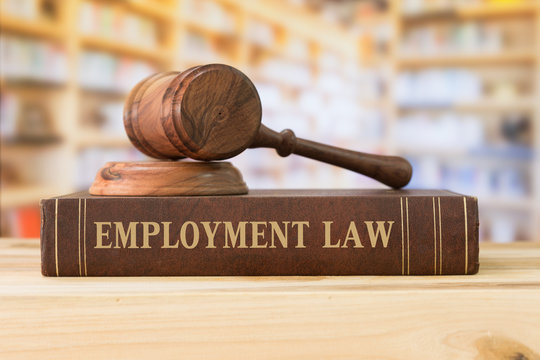In today’s rapidly evolving work environment, understanding and complying with workplace legislation is more crucial than ever. This body of law, designed to protect both employees and employers, covers a wide range of topics from employment contracts to health and safety regulations. As businesses strive to adapt to new technologies, work practices, and societal expectations, the legal landscape too changes, often leaving those unprepared in its wake. This article aims to demystify the complexities of modern workplace legislation, offering valuable insights and solutions to common legal challenges faced by employers and employees alike.
The intricacies of workplace law can seem daunting at first glance. Legislation that governs the workplace is not static; it evolves in response to changes in the political, social, and economic environment. For employers, staying abreast of these changes is not just about legal compliance; it’s about creating a positive work environment that fosters growth, innovation, and trust. For employees, understanding their rights and responsibilities is equally important, empowering them to navigate their careers with confidence.
Contents
The Spectrum of Employment Laws
Employment laws serve as the backbone of the workplace, setting standards for fair treatment, compensation, and working conditions. These laws cover a range of areas including, but not limited to, wage and hour regulations, family and medical leave, and protections against wrongful termination. The challenge for businesses, especially small and medium-sized enterprises, lies in interpreting these laws correctly and implementing policies that comply with them. Failure to do so can lead to costly legal disputes and damage to the company’s reputation.
Health and Safety Regulations
Another critical aspect of modern workplace legislation is health and safety. The aim here is to ensure that work environments are safe and free from hazards that could cause harm to employees. This includes physical safety as well as mental health considerations, acknowledging the growing recognition of the importance of mental well-being in the workplace. Employers must conduct regular risk assessments, provide appropriate training, and implement effective safety measures. Employees, on their part, should adhere to these safety protocols and report any concerns.
Tackling Discrimination in the Office
Combating workplace discrimination is vital for fostering an inclusive environment. Laws like the Equality Act and the Civil Rights Act aim to eradicate unfair treatment based on race, gender, or other protected characteristics. Employers must enforce anti-discrimination policies rigorously, while employees should feel empowered to report any incidents, knowing they will be addressed promptly and fairly.
The foundation of the employer-employee relationship is the employment contract. These agreements should clearly outline the terms of employment, including job duties, compensation, and termination conditions. Both parties must understand their contractual rights and obligations to avoid misunderstandings and disputes. Employers need to ensure that contracts are compliant with current laws and reflect any changes in legislation. For employees, it’s crucial to review and negotiate contract terms, seeking clarification or legal advice when necessary.
The Role of Legal Counsel
Given the complexities of modern workplace legislation, having access to competent legal counsel is invaluable. Legal experts can provide guidance on compliance, help navigate disputes, and offer solutions tailored to individual or organizational needs. They play a crucial role in training management and staff on legal requirements and best practices, thus mitigating risks and promoting a legally compliant and harmonious work environment.
Conclusion
Navigating the complexities of modern workplace legislation requires diligence, awareness, and proactive engagement from both employers and employees. By staying informed about legal developments, fostering open communication, and prioritizing fairness and safety, the challenges posed by contemporary workplace laws can be effectively managed. Remember, a commitment to legal compliance is not just about avoiding penalties; it’s about building a respectful, inclusive, and productive workplace for all.






